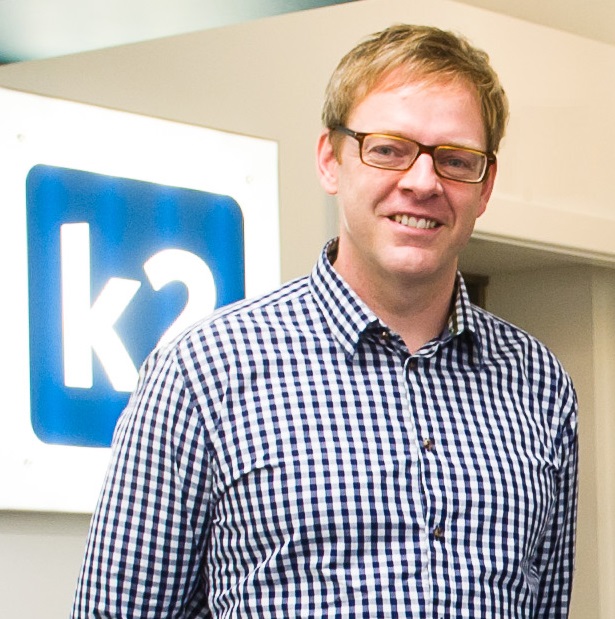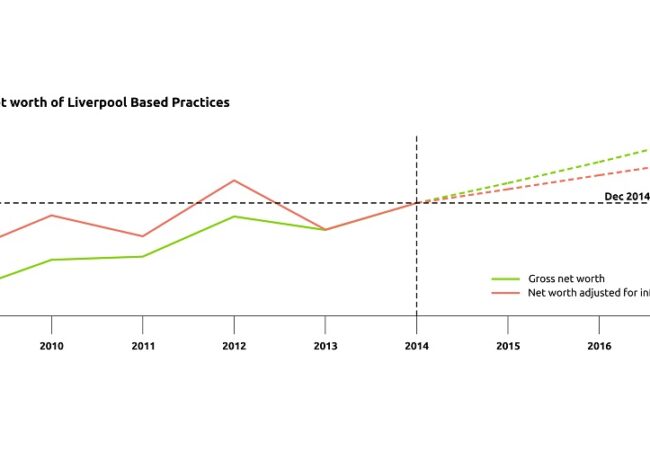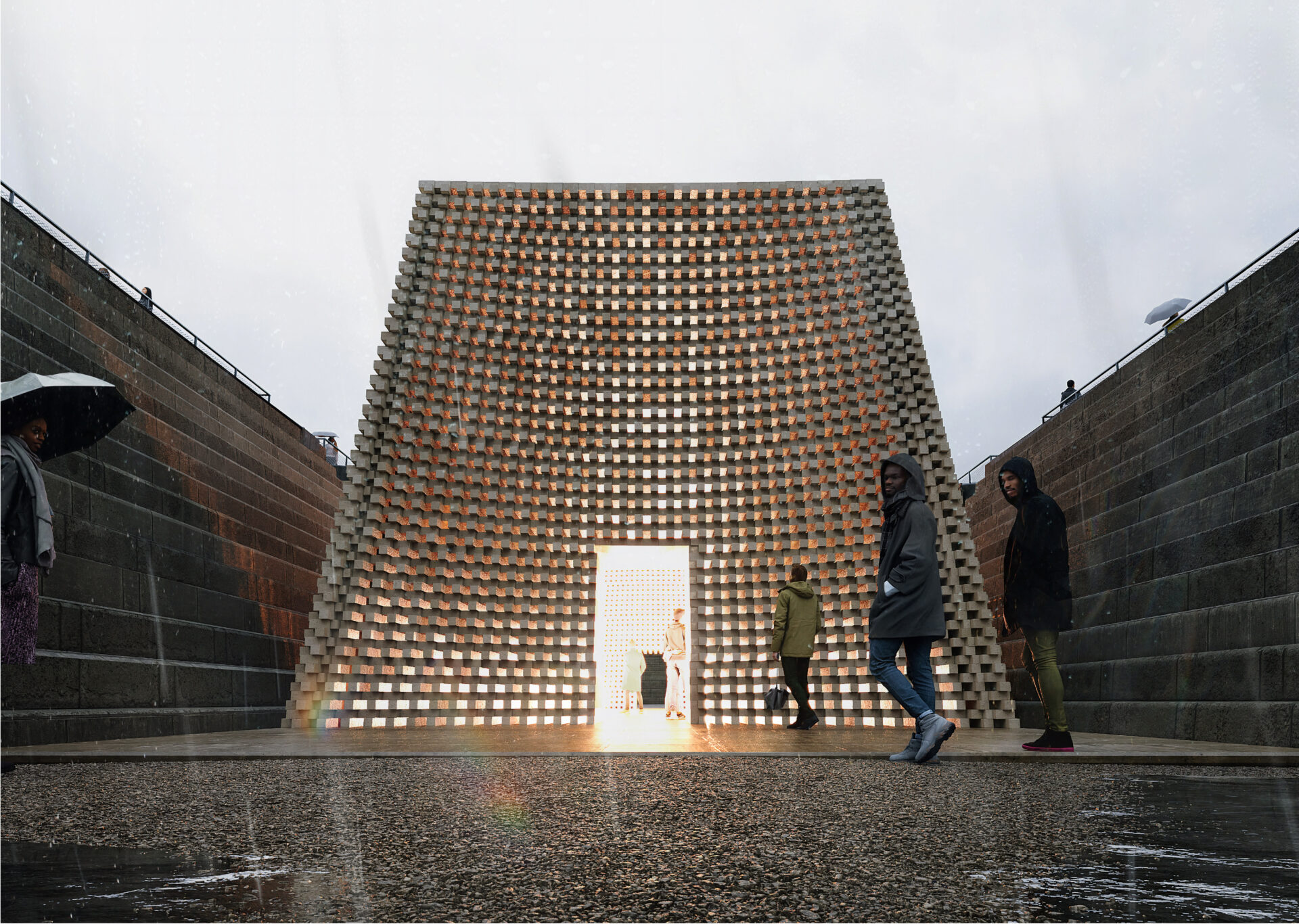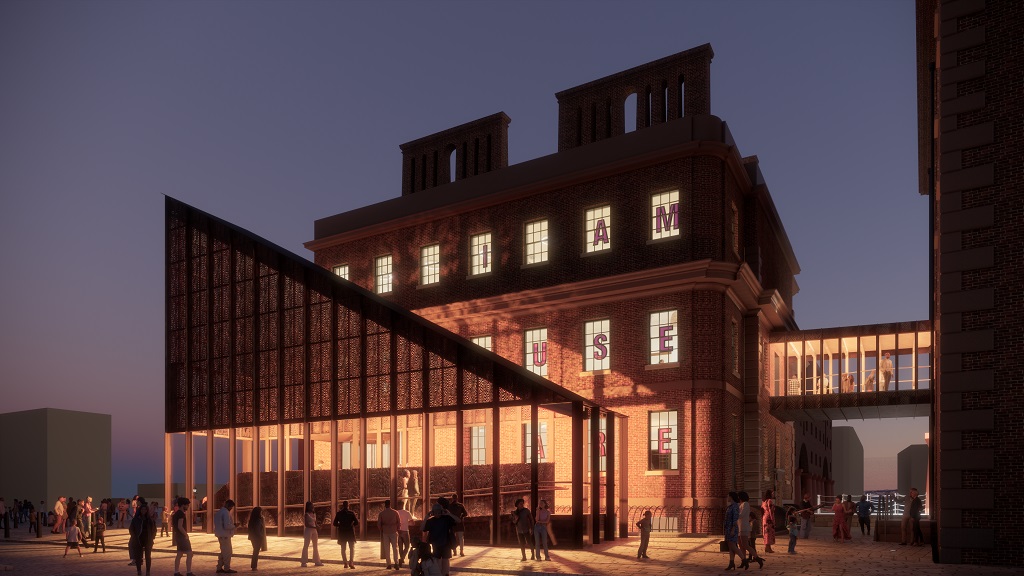Special report | Liverpool architects return to health
 Liverpool's architecture profession has done better than expected over the last five years but with an outlook that is becoming ever more positive perhaps the time has come to build a more sustainable future for the city's practices, writes Kevin Horton.
Liverpool's architecture profession has done better than expected over the last five years but with an outlook that is becoming ever more positive perhaps the time has come to build a more sustainable future for the city's practices, writes Kevin Horton.
As an owner of a small but ambitious practice set up in Liverpool during the darkest years of the recession, it has long been a concern of mine that external perceptions of the city are of a declining market for the architecture industry. But the fact of the matter is that this does not hold true. From my own point of view, K2 Architects' turnover has grown year-on-year by a healthy 20-30% and our overall market share by net worth has increased by an average 0.5% per year. Not perhaps Richard Branson standards, but it got me wondering how the rest of the city's architectural practices were getting along. So we worked it out and the signs are pretty positive.
At the time of writing we found exactly 50 companies operating in the Liverpool who make up all of the major players. The switch of Partnerships into Limited Liability Partnerships (LLPs) in the last decade has ensured we can gain public access to all organisations and paint a broad picture of the health of the market.
We were mainly interested in a practice's net worth, regarded as a snapshot of its financial health. Shareholders and investors look to net worth to gauge the outlook of the business and the quality of their investment. When net worth is looked at over several previous periods, a broader picture of a practice's health can be painted.
We can then contrast this figure with what we already know; which is that since 2009 the industry has slowly dragged itself out of one recession (remember in 2011 when things were looking up), only to be thrown back into another in 2012. Whilst it is common for boom to follow bust, and in turn be followed by period of levelling out through inflationary pressures and restricted lending, it seems that in this case that boom and bust were happening far too quickly to enable businesses to react in a sustainable way.
More often than not it would seem that the solution was to keep operating costs down by enforcing long hours on limited numbers of staff. Competition for market share was won with fees that whilst far from profitable, were enough to 'keep everyone going for now'. So it would be understandable if the result of this was a perception of a market in decline. Surprisingly however in reality it is not and the future is in fact bright.
In 2015 the overall net worth of architecture practices in Liverpool stands at approximately £9.1m, which taken at face value is a massive leap of 37% in growth since 2009. However when this is adjusted for inflation, a more realistic increase of 18% is revealed. Considering the tumultuous years that the industry has faced, average annual growth of 3% after inflation is something of a blessing.
There are also signs that lessons of the double-dip recession have been learnt and that growth since 2012 has been a gentler, steady and, importantly, a more sustainable affair which looks set to continue.
In recent years growth has been limited to 3% by inflation. With the Bank of England outlook for inflation looking set to remain below 2% over the next three years and practice forecasts and order books looking stronger than ever growth looks set to increase to an annual rate of at least 4% over the next three years. This means that by the second half of 2015 net worth should be back to it the peak of 2011 and will reach the £10m mark in spring 2016, representing an increase in net worth of almost £1m or 10% (at today's levels) in less than 18 months.
It stands to reason therefore that the times of surviving the recession are now well and truly past. But if business is to respond to this increasing growth and flourish over the next few years, sustainable practices now need to evolve that can resource without resorting to long unpaid hours for staff, unsustainable fees and most importantly to stem the ever trickling brain drain of talent from the region in the future.
Kevin Horton is a director of K2 Architects




